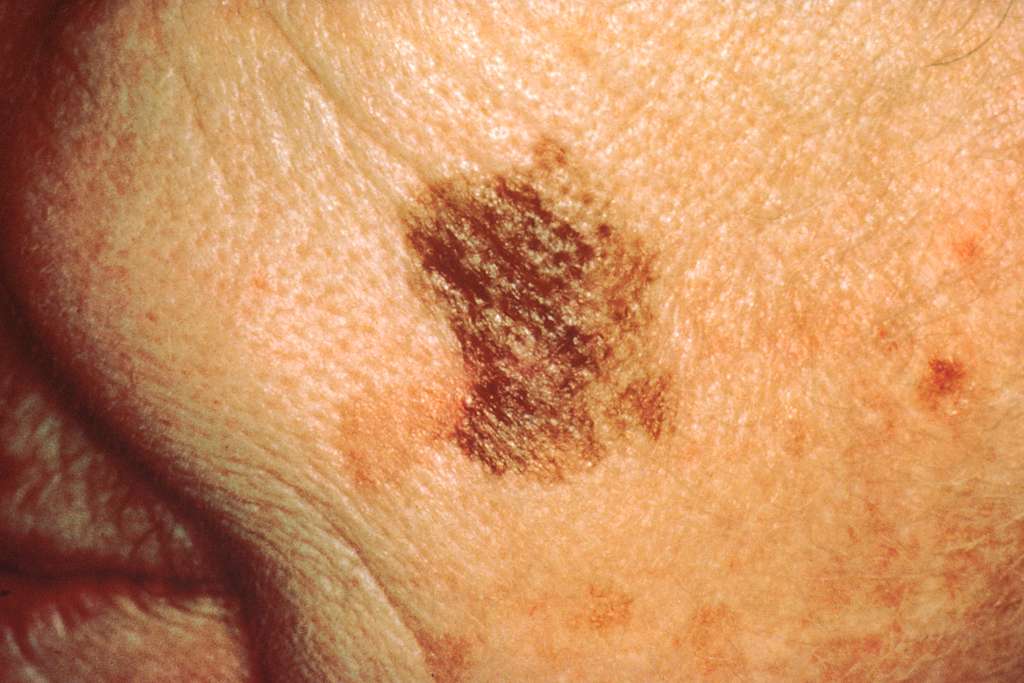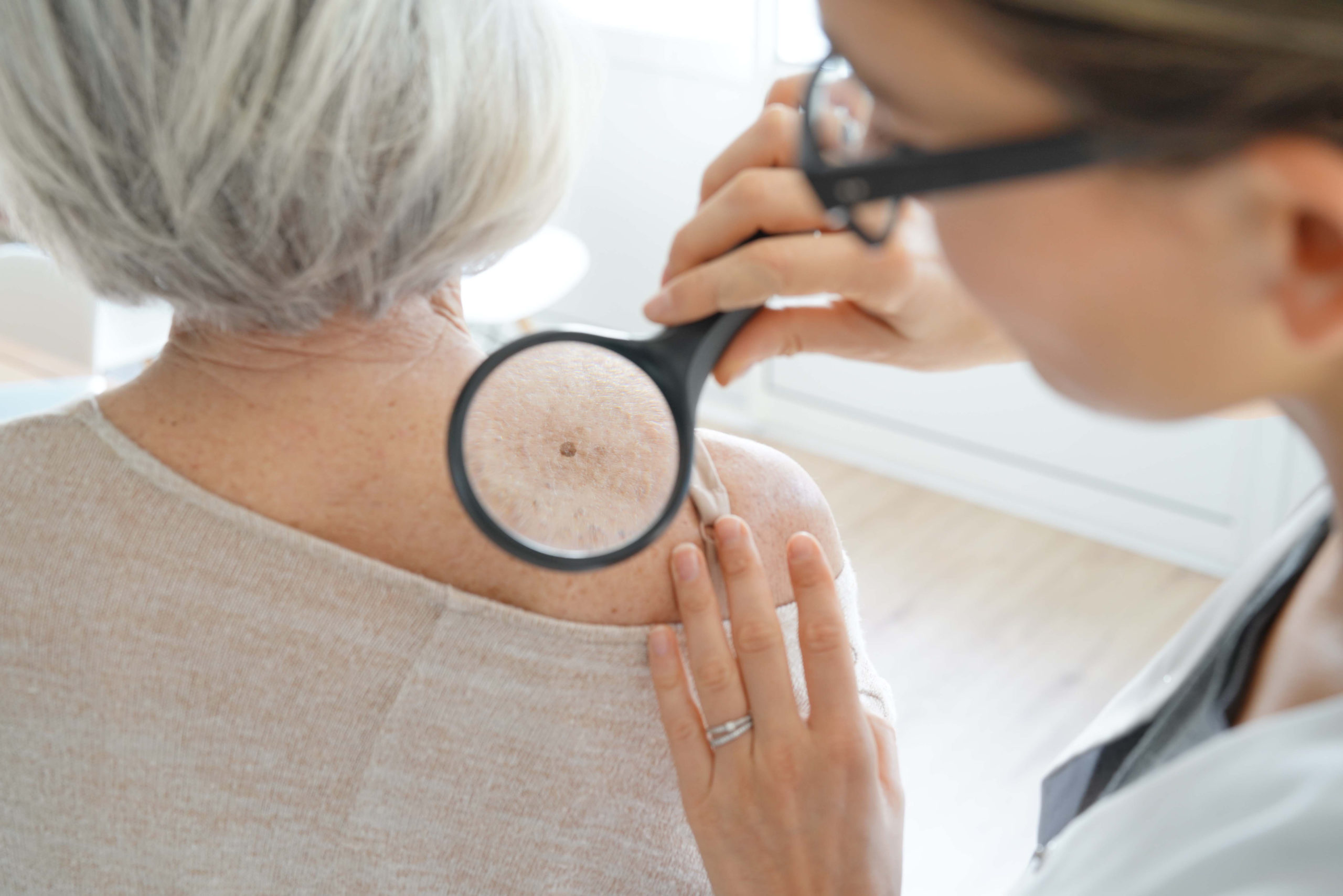
Skin cancer is the most common form of cancer in the United States. It involves the abnormal growth of skin cells, which most often develop on skin exposed to the sun. Understanding the potential causes, recognizing the signs, and being aware of available treatments are foundational aspects of maintaining skin health.
What Causes Skin Cancer?
Skin cancer occurs when mutations develop in the DNA of skin cells. These mutations cause cells to grow out of control and form a mass of cancer cells. Much of the damage to DNA in skin cells results from ultraviolet (UV) radiation found in sunlight and in the lights used in tanning beds. Sun exposure does not account for cancers that develop on skin not ordinarily exposed to sunlight.
Basal cell and squamous cell carcinomas are the most common types and are highly treatable when detected early. Melanoma is less common but more aggressive, making early recognition especially beneficial. Factors that can increase the risk of developing skin cancer include having fair skin, a history of sunburns, moles, and a family history of cancer.
What Are the Signs?
Recognizing changes in your skin is a key component of identifying potential skin cancers. A new, changing, or unusual growth or a sore that does not heal may be a sign of skin cancer. For melanoma, the ABCDE rule is a helpful guide for identifying concerning moles or growths:
- A is for Asymmetry: One half of the mole or birthmark does not match the other.
- B is for Border: The edges are irregular, ragged, notched, or blurred.
- C is for Color: The color is not the same all over and may include different shades of brown or black, or sometimes with patches of pink, red, white, or blue.
- D is for Diameter: The spot is larger than a quarter of an inch across (about the size of a pencil eraser), although melanomas can sometimes be smaller than this.
- E is for Evolving: The mole is changing in size, shape, or color.
Basal cell carcinomas may appear as a flesh-colored, pearl-like bump or a pinkish patch of skin. Squamous cell carcinomas can look like a firm, red nodule or a flat lesion with a scaly, crusted surface. Any new or changing spot on your skin should be evaluated by a healthcare professional.
How Is It Treated?
The treatment for skin cancer depends on the type, size, depth, and location of the lesion. A dermatologist will determine the most appropriate course of action based on these factors. Common treatment options include excisional surgery, where the cancerous tissue and a surrounding margin of healthy skin are cut out. Mohs surgery is a specialized technique for certain skin cancers, allowing a surgeon to remove cancerous cells layer by layer while sparing as much healthy tissue as possible. Other treatments may involve freezing (cryosurgery), scraping and burning (curettage and electrodesiccation), or radiation therapy. The choice of treatment is tailored to the specific circumstances of the cancer.
Confer With a Dermatologist
If you identify any spots or growths that are new, changing, or seem unusual, consulting with a dermatologist is a prudent step. A dermatologist is a medical doctor who specializes in skin conditions and can provide a thorough examination, accurate diagnosis, and a proper treatment plan. Professional medical evaluation is the definitive method for addressing any concerns about skin health and receiving treatment.




